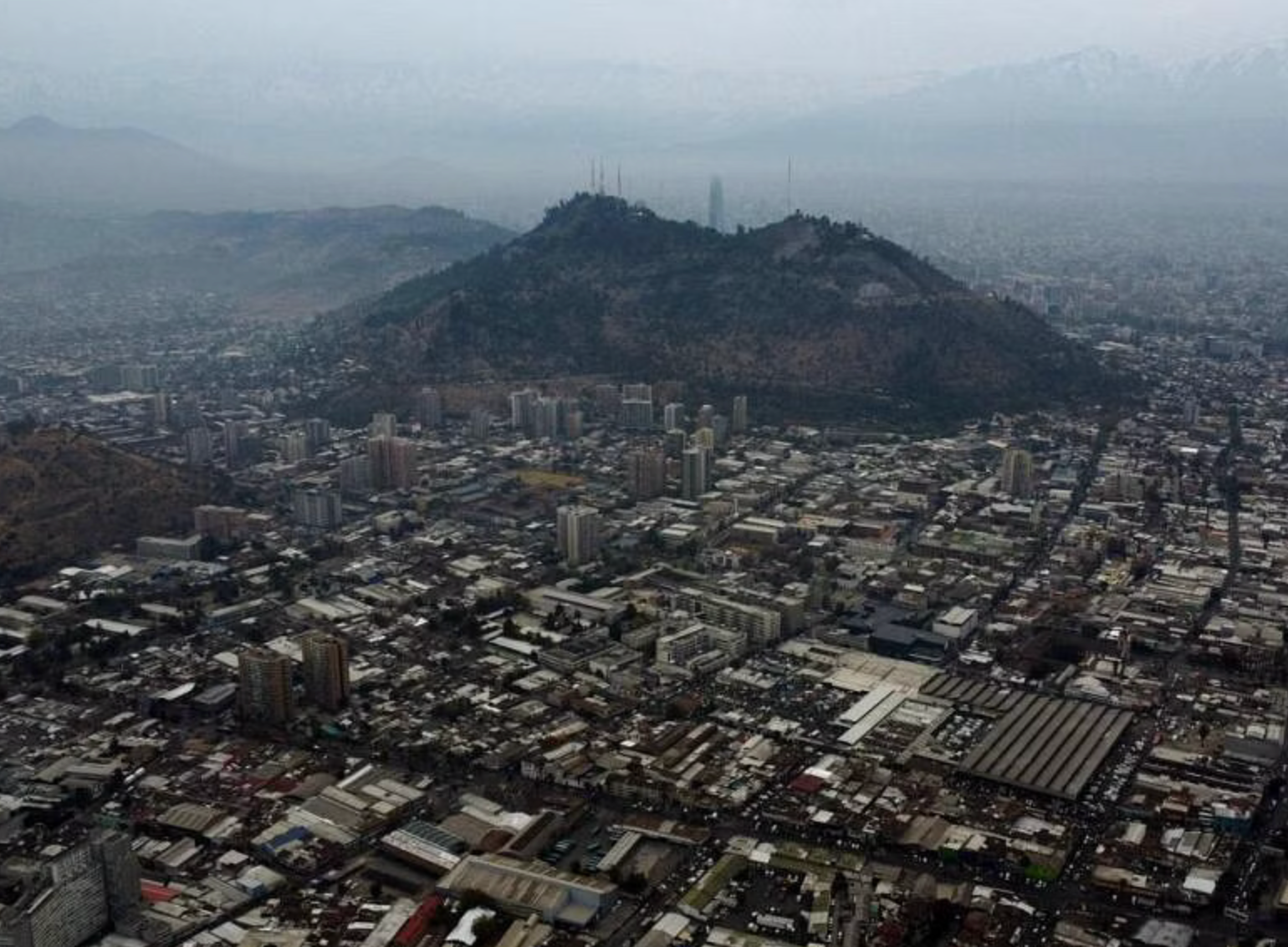Chile is experiencing its coldest autumn in over 70 years, with temperatures plunging to near freezing just days after warmer weather. This dramatic shift, attributed to a sudden cold front, has led to record-breaking low temperatures along the coast and in Santiago, making this the coldest May since 1950, according to the Chilean meteorological agency.
Meteorologists point to an unusual succession of polar air masses moving over southern South America, causing temperatures to drop below freezing. This extreme weather is seen as part of a broader pattern of climate change, which has also resulted in a heat wave in Mexico. Climatologist Raul Cordero from Santiago University noted that such cold fronts typically occur from June onwards, making this one of the earliest recorded before winter.
The cold front from Antarctica has collided with warm air from the northwestern Amazon, causing heavy rainstorms in Brazil. In response, Chile’s government has issued cold weather alerts and increased support for the homeless. Snowfall in the Andes and parts of Santiago has caused power outages.
Street vendors like Mercedes Aguayo are seeing a surge in business, selling winter gear that had been stored for years due to previously sporadic winters. The cold snap has also affected Argentina and Paraguay, leading to increased energy demand and supply cuts to gas stations and industries to prevent household outages.






0 Comments